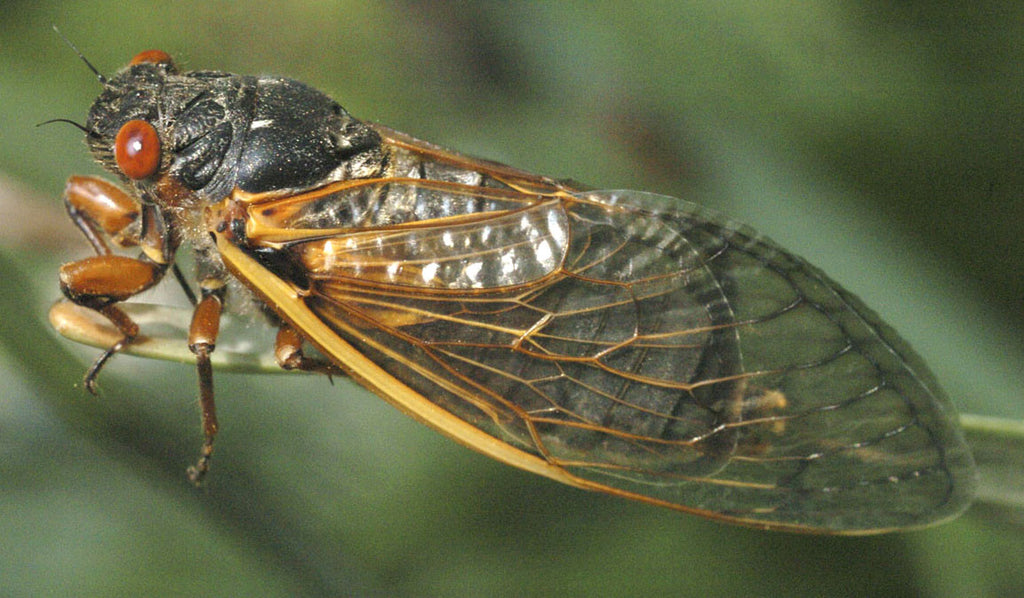A Once In 17 Years Opportunity….


As described in Exodus 10:5, “And they shall cover the face of the earth, that one cannot be able to see the earth: and they shall eat the residue of that which is escaped, which remaineth unto you from the hail, and shall eat every tree which groweth for you out of the field.”
This was the 8th biblical plague - a plague of locusts that tortured Egypt.
Replacing locusts with cicadas, it actually describes what is happening in the northeast of the United States.
Next month when the soil temperature goes up to 64 degrees, billions of cicadas are emerging from a 17-year, underground existence to mate in the northeastern US including some parts of Ohio, New York, Pennsylvania, Maryland, Virginia and West Virginia. Luckily, cicadas can’t chew so they will not devour plants or trees to incur any real destructive plague. Large swarms may overwhelm and damage young trees by feeding and laying eggs. However, older trees usually escape without serious damage.
This particular species is Brood 2 17 year cicada. Young cicada nymphs hatch from their eggs, dig themselves into the ground to suck the sap of plant roots. They spend several early life stages underground before surfacing and molting into adults. The current 17-year-cycle started in 1999 will be ending next month. A density of 1.5 million cicadas an acre can be reached in some areas.
Cicadas are well known for the penchant to disappear completely for many years, only to reappear at in force a regular interval. There are around 3,000 cicada species, only some share this behavior (such as the 13-year cicada and the 17-year cicada). Although individuals have multi-year lifecycles, some adults appear every year. So they are called annuals. The dog day cicada emerges each year in mid-summer.
The insects have hard, sleek shells, stout bodies, broad heads, clear-membrane wings, and 2 large bulb-like red compound eyes. Average size is a little over 1.5 inches in length. Although they make deafening noise as the males seek mates desperately, they don’t bite or sting.
The adults live above ground for 4 to 6 weeks, they are only interested in one thing - mating and laying eggs. Each female lays up to 400 fertilized eggs across 40 to 50 sites. It takes about 6 weeks for the eggs to hatch and the nymphs to emerge. The nymphs then fall from the trees and burrow 6 to 18 inches in the ground, where they feed on plant roots sap for 13 or 17 years, depending on their species.
Due to its fascinating lifestyle, several cultures such as the ancient Chinese regarded these insects as powerful symbols of rebirth.
The next time you will be able to observe and photograph these amazing insects is 2033.








